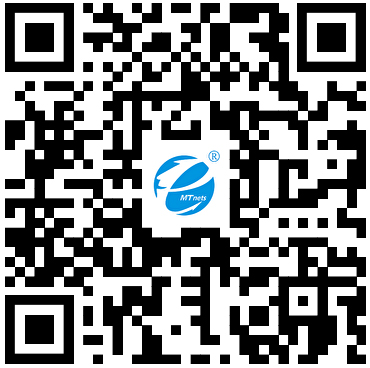S0A4041 Human IL-23/IL12Bp40&IL-23Ap19, No tag&His tag
- 公司名稱 杭州斯達(dá)特生物科技有限公司
- 品牌 Starter/斯達(dá)特
- 型號(hào) S0A4041
- 產(chǎn)地 江蘇 南京
- 廠商性質(zhì) 生產(chǎn)廠家
- 更新時(shí)間 2025/7/15 17:09:07
- 訪問次數(shù) 39
聯(lián)系方式:王修明13774214275 查看聯(lián)系方式
聯(lián)系我們時(shí)請(qǐng)說明是化工儀器網(wǎng)上看到的信息,謝謝!
Interleukin 23 (IL-23) is a heterodimeric cytokine composed of an IL-12B (IL-12p40) subunit (which is shared with IL-12) and an IL-23A (IL-23p19) subunit. IL-23 is part of the IL-12 family of cytokines. The functional receptor for IL-23 (the IL-23 receptor) consists of a heterodimer between IL-12Rβ1 and IL-23R. IL-23 is an inflammatory cytokine. It has been shown to be a key cytokine for T helper type 17 cell (Th17 cell) maintenance and expansion. IL-23 stabilises RORγt and thus enables Th17 cells to release their effector cytokines, such as IL-17, IL-21, IL-22 and GM-CSF, which mediate protection against extracellular fungi and bacteria and participate in barrier immunity. Natural killer cells also express the IL-23 receptor. IL-23 also induces proliferation of CD4 memory T cells. Besides its proinflammatory effects, IL-23 promotes angiogenesis. IL-23 imbalance and increase is associated with autoimmune diseases and cancer. Low concentrations of IL-23 support lung tumor growth whereas high concentrations inhibit proliferation of lung cancer cells. IL-23 and IL-23R were identified in serum from patients with non-small-cell lung cancer and have been proposed as prognostic serum markers. IL-23 can also promote progression of cardiovascular diseases such as atherosclerosis, hypertension, aortic dissection, cardiac hypertrophy, myocardial infarction and acute cardiac injury. In brain, IL-23 is able to activate γδ T cells to increase their expression of IL-17, which contributes to the inflammatory response and thus plays a key role in secondary brain injury after spontaneous intracerebral hemorrhage.








 采購中心
采購中心
 化工儀器網(wǎng)
化工儀器網(wǎng)